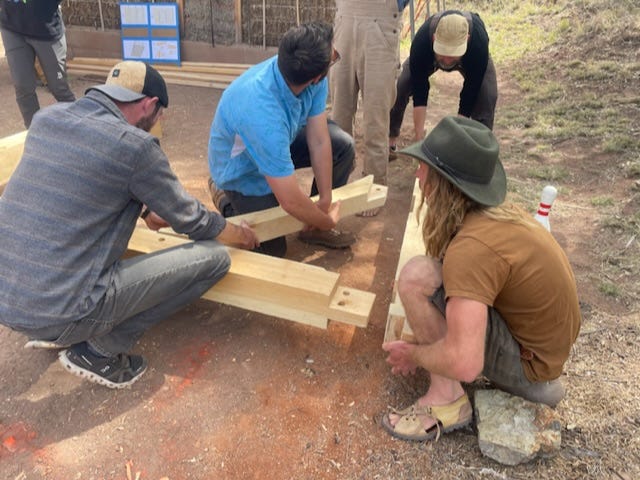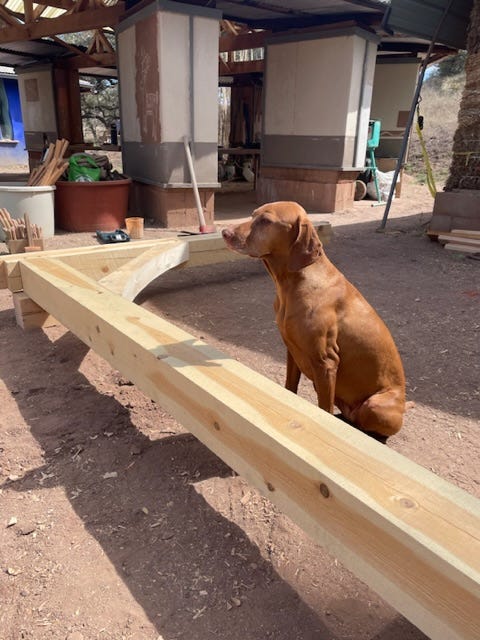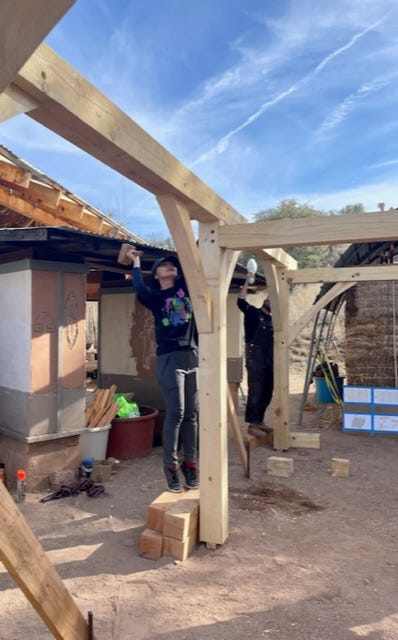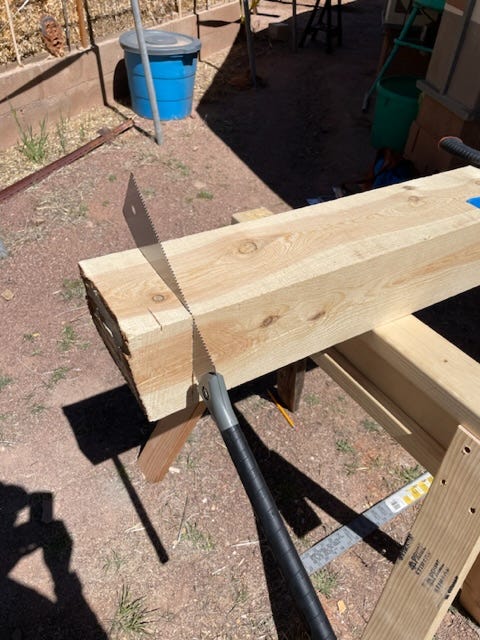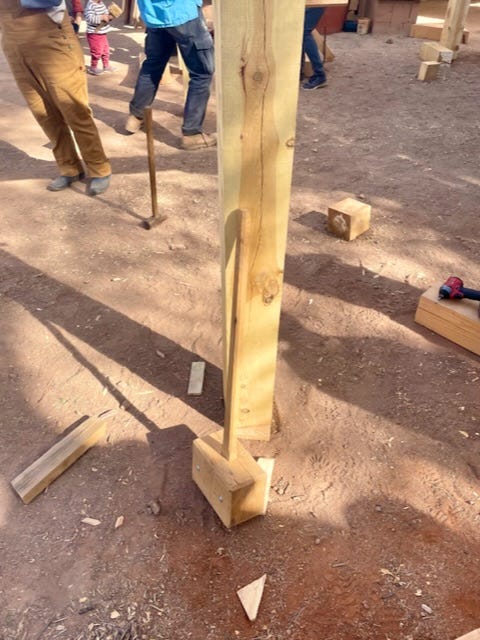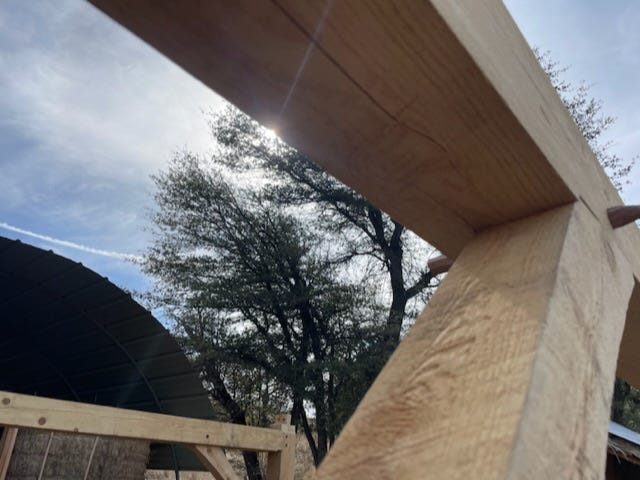Welcome everyone—and especially welcome to all you new readers. We’ve had a little bit of an influx recently, and whether we met at AWP or you found me through my work with Oregon Humanities, or via some other circuitous path, I’m glad you’re here.
Some news and updates from my end of the world, for friends and readers alike:
First, for those of you regular Unsettling subscribers who might have missed it, I had an essay in Oregon Humanities’ “Beyond the Margins” series come out at the end of March. I’m one of six Community Storytelling Fellows with OH this year, and my work there focuses on rural transit riders. This first piece, “Vanishing Lifelines,” documents the absurd lengths I had to go to in order to travel to the northern half of Oregon after Greyhound cut many of its stops in the state, and conversations I had with many other riders along the way:
On my trip to Corvallis, my seatmate on the northbound Starlight is aghast at the notion of not having transit as an option. She’s a Klamath Falls preschool teacher on the edge of retirement, heading to see her son, and there’s no way she’d be able to make the drive by car, she says—it’s just too dangerous.
“We’d be trapped in the winter,” she tells me, without the train. “It’s a lifeline,” she says.
I start thinking about the teacher’s use of the word lifeline—how transit, be it bus or train, helps people maintain relationships and livelihoods when they can’t afford to drive or have other reasons that prohibit driving as an option. Transit literally keeps people alive in conditions where other modes of transport are more likely to fail.
In a real “Did I make that happen?” moment, in the weeks after the piece ran, Greyhound/Flix RESTORED SERVICE to Medford and Grants Pass. They didn’t make any big announcement about it, and they’re still skipping over small cities once included in the route that runs I-5 (like Roseburg here in Oregon and others in Northern California), but at least as of today, one can book a ticket to Portland from Southern Oregon again.
I’m generally inclined to use the phrase “organizing gets it done,” but for once—there had been no other prior reporting on this particular service cut—I think maybe the writing played a major part in bringing back this basic community amenity.
Second update: I’m excited to share that I’ll be in the inaugural cohort of writers at this year’s Storyboard Residency in June. Storyboard describes itself as focused on writers “working at the intersection of art, research and reporting,” which characterizes a lot of my own work fairly well.
Lauren Markham and Chris Feliciano Arnold, two of the residency’s founders, co-wrote an essay for LitHub last month on why they think writing at that intersection is so critical for our current political moment. Here’s a bit from their piece “Truth, Power, Art: A Critical Manifesto on Creative Nonfiction”:
We believe there is urgent social value in what is more traditionally thought of as “creative writing” (we’ve always felt this term sounds like an activity they’d assign one of our kids in preschool, rather than a vital field of art. Alas.). Such work does not replace journalism, or make up for journalism’s flailing or failures. Literary texts, however, can do the important work of tending to the socio-political circumstances in which we’re living (either head-on or through the side door, through documenting the present or the past), tracing how we got to this point in history, and presaging how we might emerge somewhere else. …
We’ve begun to think of such works as fact-based creative writing—not in the sense that they are based entirely on true events or that they’d stand up to the rigorous fact-checking of the magazines we most love to write for, but in the sense that they look to real events and face the conditions of social and political experience head-on.
… For us, this middle space where language, fact, art, and meaning mingle is where we find the most agency and purpose.
Looking forward to sharing the outcomes of my week at the residency with all of you. In the meantime, Markham’s A Map of Future Ruins has been one of the books I recommend most frequently this year. Order a copy over by following this link to Bookshop and you’ll also support Unsettling through their affiliate program.
The last bit of news to share, the one landing hardest for me, is that I’ll be moving next month.
This isn’t a move of my choosing; I came home after two weeks of whirlwind travel to learn that I’m getting replaced by my landlord’s daughter, who moved to town about the same time I did but initially opted to live elsewhere.
For those who followed along with our series earlier this year on the need to share housing (“Sharing Will Shelter Us,” Part 1 and Part 2), I invite you to stew with me in the irony that while I thought I was, at present, not personally impacted by the reluctance of many to opt into sharing, such is not the case. The house next door to me has three bedrooms, and my current landlord is the only resident. But rather than share a full-sized house with a family member, they’re choosing to displace me.
I had only just finally convinced myself to quit worrying about the potential of having to move yet again, and allowed myself to feel at home. Since hearing the news I’ve gone through cycles of feeling stunned, sad, and angry. I’m really trying to move through that last stage. I don’t find bitterness becoming, on others or on myself—so please forgive me if it’s coming through here. I expect it to dissipate soon enough, especially as—after another whirlwind week—I signed a lease on a unit that has some real significance for me: it’s a townhouse in a building that I not only wrote about last year for Mother Earth News, but even helped build (in a very minor, but still very real, way).
I’m talking about the Oceanspray Townhomes—the first multi-family straw bale building in the country. I took part in a bale raising there almost a year ago exactly, where I met natural builders from many other states who had all shown up to help out just because they were so excited about how unique the project was, and its potential for demonstrating the use of straw and other low-carbon building methods at scale.
You can read more of the fun details about the build in “Straw Bale Scales Up to Fill a Need.”
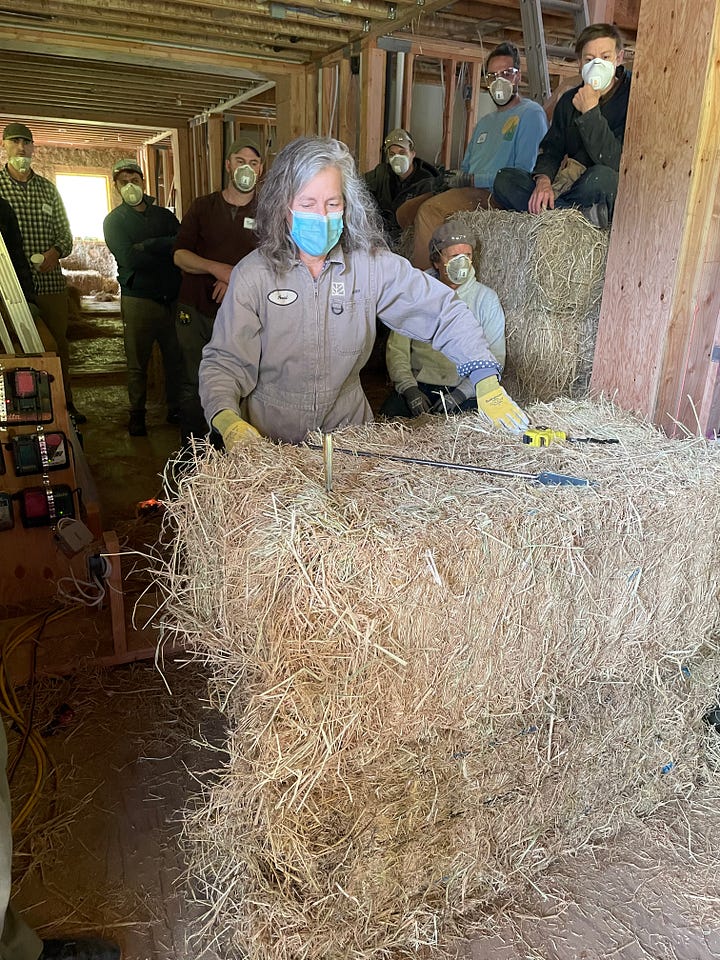

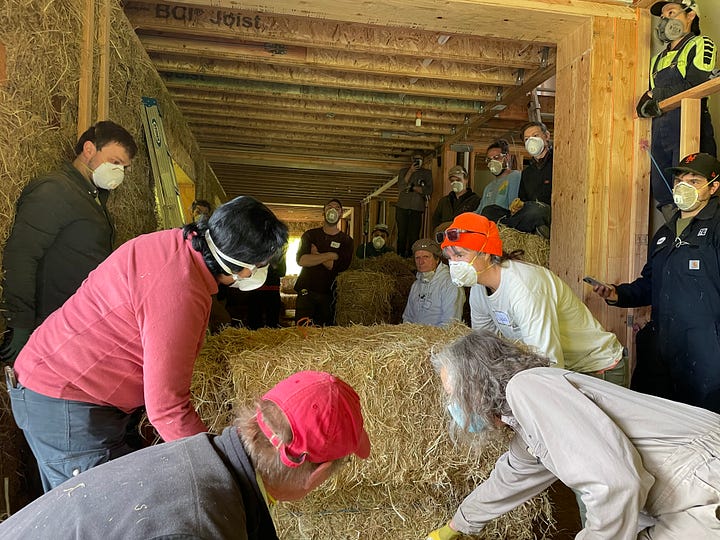

And here’s an ask for all you local Oregon folks: each townhouse has two bedrooms, so I’m in search of a housemate to fill the second room in my unit. If you know someone who’d like to have a spot in this really special place, please send them my way (they can email unsettling@substack.com for details, and see the Zillow listing).
Once the move has finished and I’ve had time to really process the change, I expect that I’ll be staring at those walls in wide-eyed wonder, knowing how an entire community put them into place, and the serendipitous and unexpected path leading to myself finding shelter within them. How often does a reporting assignment turn into a new place to live?
Revisiting the townhomes project has also been a good reminder, that even in this moment when it feels like so much is being torn down, we can still build things together. Critical, important things, and beautiful things too. And sometimes you might think you’re building for someone else—only to find you were in fact making your own home at the same time. Life is unknowable and wild that way.
And it’s made me remember my first foray into natural building, a couple years back, and one reflection I wrote that spring—also on an Easter Sunday, as it happens. I’m sharing that piece from the archive below; I hope you enjoy it.
Thanks for reading Unsettling. Until next time,
Meg
FROM THE ARCHIVE:
Raising the World
Or at least one small timber frame house
It’s the Easter holiday. Back a long time ago, when I was someone you might find in a pew on such a morning as this, I took a lot of joy in the formal and ritualized parts of the day—greeting fellow church members, for instance, with “He is Risen,” and hearing back, “He is risen indeed!” The day was a time for collectively proclaiming the potential of life over death, of adding to that potential through voices also rising in shared word and song. This felt tremendously powerful, aligned as it was with the arrival of spring and literal manifestations of new life fighting their way up out of recently barren soil. Easter seemed a moment when we weren’t just telling stories about the past, but together using those stories to raise a new season of life into being.
A little over a week ago, I took part in a very different form of collective practice—if there was ritualized order, it wasn’t apparent to most of us, who were first-timers in the whole business of raising, which we were gathered to do. This was better described as communal and purposeful chaos. We all scrambled about trying to figure out how to be useful. Can I hold this post? Hammer that peg? Carry this beam? Instructions came from all directions—“Everyone lift!” “To the left!” “Too far!” “Down slow!”—and then not at all. Then—in just about the same time it might take to hold a church service—we were done. Before us: a new building. Or its outline—the timber frame whose pieces we’d learned to cut and chisel during the whole week before.
This was all part of a workshop on timber framing, run by Benito and Oso Steen at The Canelo Project. But it was no mere exercise. The structure we assembled together that day would be pulled back apart and put together again in the coming weeks on another piece of land, and used. We didn’t just raise a building, but a home for a couple who joined as we did the practice run, continually expressing their appreciation. A new home and a new season of life.
We humans are makers and builders. We sometimes forget that these days, as so much seems made already for us: the stories we tell or the truths we believe, or the structures we live in. In reality to only consume what is handed us is to give over a part of our humanness (and the creatureliness we share with other animals, who also build and make). But there is power to be reclaimed in actively choosing to be part of the crafting of our shared existence, be that affirming an older tradition, forging a new cultural heritage, or participating in the physical construction of the world around us. One needn’t be a professional to do so. My time in the workshop, certainly, was plenty full of swearing and blunders as I learned to saw through solid lines of sap or chisel through knots. My post still went up with all the others. It still holds up a wall, will still give that house some of its form.
The world looks a little different to me now, having seen that building frame go up, and knowing that I helped play a part. Things just seem more possible. The questions that seem all-important in this new light are what can I build? and, who can I build it with? Houses, communities, the whole world as we know it—what can we cause to spring forth with new life?
What might we raise together?
Thanks for reading Unsettling.
Until next time,
Meg



